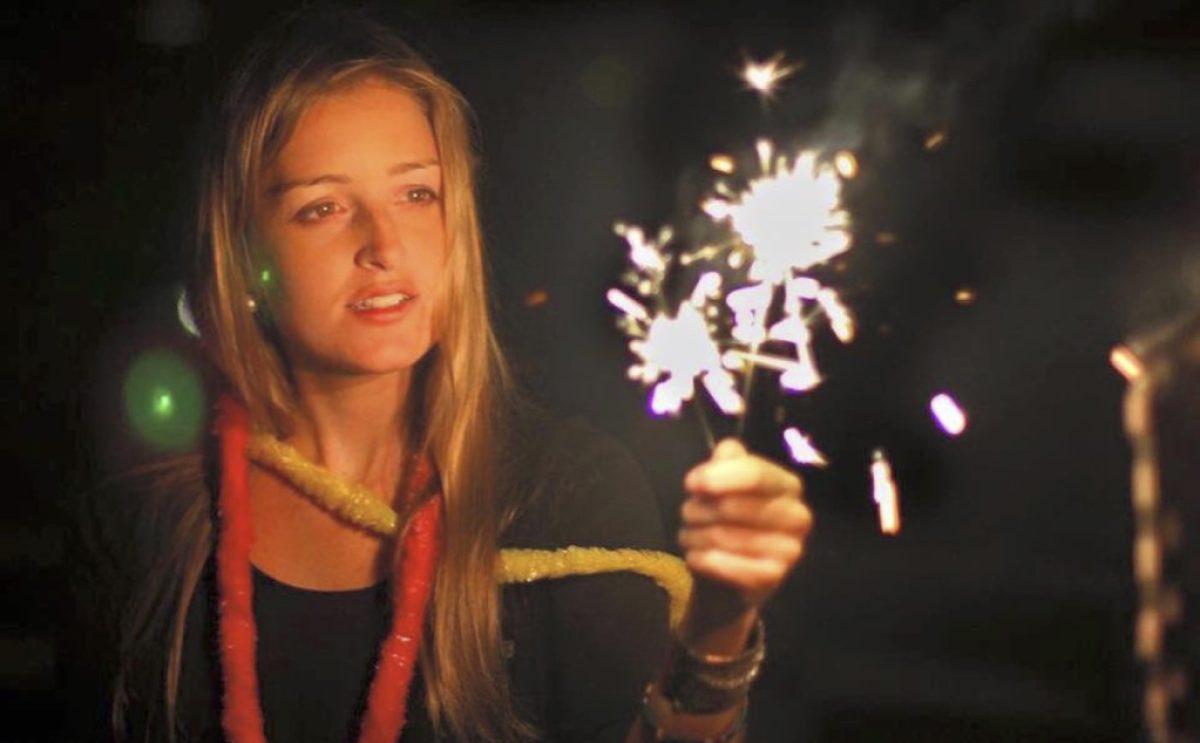First of all, I want to say thank you thank you thank you to all the notes, messages, texts, calls, gifts, food—–all the LOVE we are receiving. The support is tremendous and allows us to keep vigil by Caitlin’s bedside, and I know she feels it.
They can’t keep her too sedated because it suppresses her blood pressure too much, but it really is best when she isn’t awake because she gets very agitated, and her sats (O2 saturation in the blood) go down. She’s very aware of what’s going on, and panicky at the knowledge that she’s lost control.
The person who has turned out to be best with her is Nick. He seems to know the right things to do and say. She’d been pointing at her stomach area as if something was wrong, trying to shout (she can’t make any noise with the breathing tube in), and he realized she was desperately asking if she had lungs yet.
He calms her, and reminds her that we are keeping her stable so that she will get lungs, and that he made a promise to advocate for her and he is doing that.
Questions?
We got a lot of questions yesterday about the direct donation effort that our friend organized. People wanted to know more about it.
How Organ Donation Works
Organ donation is strictly regulated and highly ethical. When organs become available, lungs are not allocated according to need but to location. (This needs to change). For example, someone with a score of 50 in NC might get NC lungs that COULD get to Pitt in time for someone with a higher, more needy score of, say, 65.
When someone goes on life support and has a very high score–90+, like Caitlin has now, you “go nationwide”—i.e., you get first dibs on lungs that can be viably flown to you.
Yet still we wait. And for those who don’t know why, in our case, it’s because Caitlin is so petite. A small chest size can only receive small lungs. And because lungs don’t fully develop until about age 17, there’s a much smaller pool of suitable donors.
Directed Donation
When a family wants to donate a loved ones organs, they have the power to designate that the organs go to a specific person, despite location or score. (Naturally, the organs need to be viable and a match to the recipient.) This is a wonderful thing, and is what happened yesterday. These generous people, in their own grief, knew of our situation and wanted to help. Because Caitlin was the same size and blood type as the donor, it could have worked if the donor’s lungs had been healthy enough.
Caitlin O’Hara is 5′ 2 and has a blood type of O+ and is on life support at UPMC, Pittsburgh.
We are grateful to anyone out there who would consider the gift of life during a time of grief, as Nick’s family did when his brother, at age 29, died suddenly of a brain aneurysm.
Regardless of size and blood type though, there is always someone in desperate need of something. Please register to be an organ donor. Contrary to a few myths based in fear and ignorance, organ donation allocation is one of the most regulated and ethical practices in the country.
–Maryanne


Sending love and positive thoughts to you and Caitlin. Love, Karaugh
Maryann, I’m not sure if you posted this on Facebook, but if you haven’t – would you please? That way we can start sharing this post and helping it go viral – first for Caitlin and second for organ donor awareness. I continue to pray for you all during this extremely difficult time – you 3 are the strongest human beings I know! God bless you all. xo
so much love towards Caitlin from my little family.
xo molly
Stay strong, Caitlin. Sending all positive thoughts from Brooklyn.
Great
Sent from my iPhone
>
Sending thoughts and prayers.